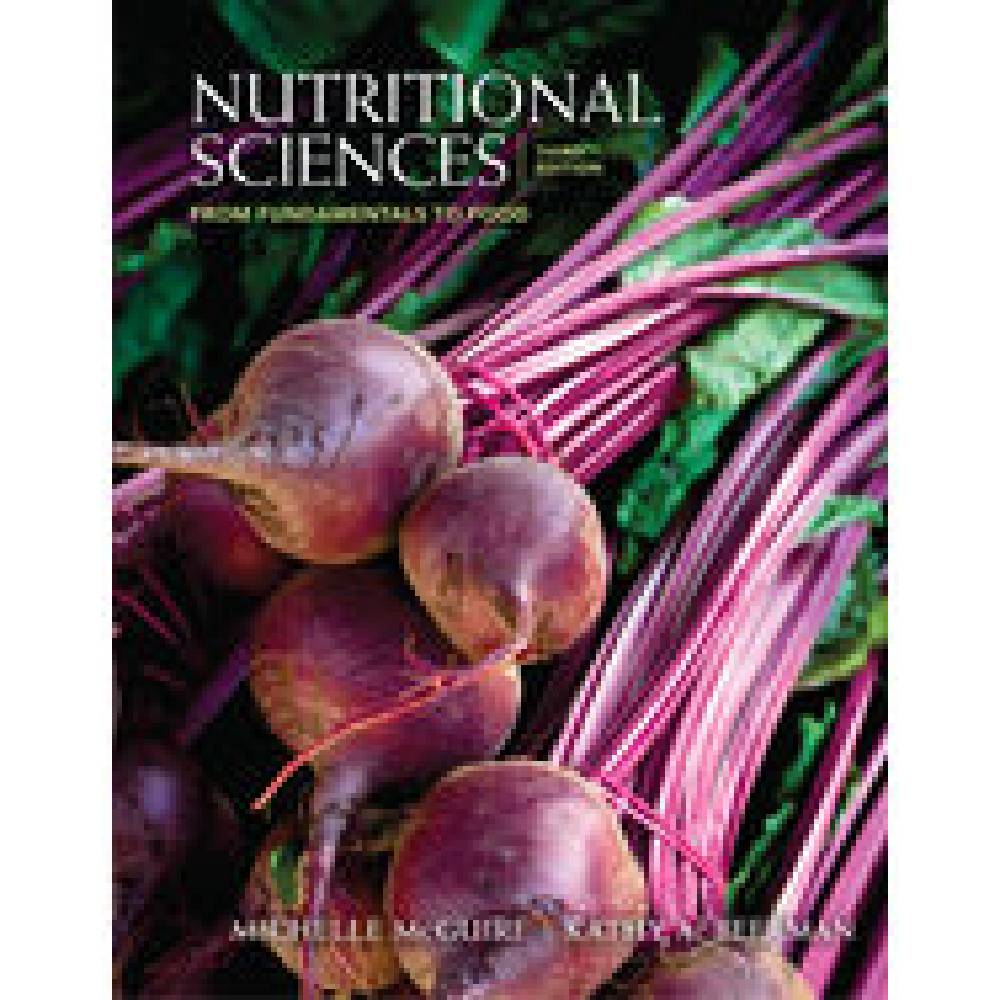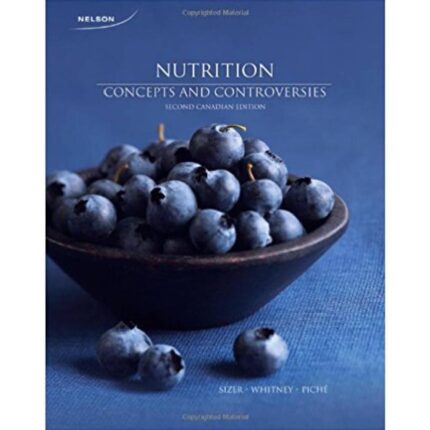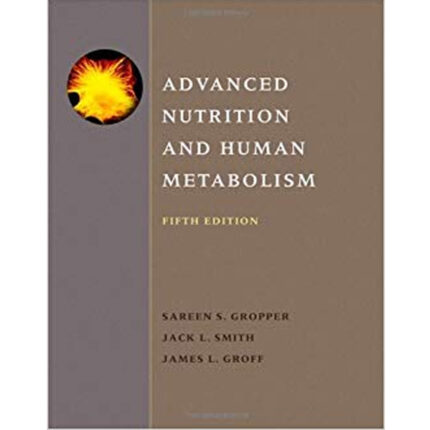Nutritional Sciences From Fundamentals To Food 3rd Edition By Michelle ‘Shelley – Test Bank
Chapter 11 – Fat-Soluble Vitamins
Multiple Choice
Answer, level, page Level: K = knowledge, A = application/critical thinking
Introduction (p. 483)
b K 459 1. Which of the following is a water-soluble vitamin?
a. Vitamin A
b. Vitamin C
c. Vitamin D
d. Vitamin E
What Makes the Fat-Soluble Vitamins Unique? (pp. 461-462)
b K 461 2. Consuming large amounts of fat-soluble vitamins can _____.
a. decrease one’s risk of developing heart disease
b. result in toxicities
c. benefit one’s immune system
d. increase excretion of water-soluble vitamins
b K 461 3. Where are fat-soluble vitamins generally absorbed?
a. Stomach
b. Small intestine
c. Large intestine
d. Liver
c K 461 4. _____ must be present for fat-soluble vitamins to be absorbed.
a. Protein and enzymes
b. HCL and cofactors
c. Lipids and bile
d. Enzymes and carbohydrates
a K 461 5. Following absorption, fat-soluble vitamins are initially circulated in the _____ via _____.
a. lymph, chylomicrons
b. lymph, transport proteins
c. blood, LDL
d. blood, triglycerides
d K 461 6. Which of the following is true of fat-soluble vitamins?
a. They are circulated away from where they are absorbed via the blood.
b. They are typically circulated without being bound to any other molecules.
c. They function primarily as coenzymes for energy metabolism.
d. They are typically stored in the body.
Vitamin A and the Carotenoids—Needed for Eyesight and Much More (pp. 462-470)
d K 465 7. Vitamin A and the carotenoids are important in regulation of _____.
a. gene expression, immune function, metabolism of alcohol, and synthesis of cholesterol
b. growth, reproduction, energy metabolism, transamination, and production of urea
c. bone formation, immune function, the breakdown of ammonia, and acid-base balance
d. growth, reproduction, vision, and bone formation
a K 462 8. What vitamin name is now given to a series of compounds called retinoids?
a. A
b. D
c. K
d. E
d K 462 9. Retinoids include _____.
a. retinyl, retinal acid, and retinin
b. retinase, retinin acid, and retyne
c. retinyl, retyne acid, and retamin
d. retinol, retinoic acid, and retinal
c K 462 10. What are the carotenoids that can be converted in the body to vitamin A called?
a. Preretinoid A
b. Preformed vitamin A
c. Provitamin A
d. Proactive A













Reviews
There are no reviews yet.